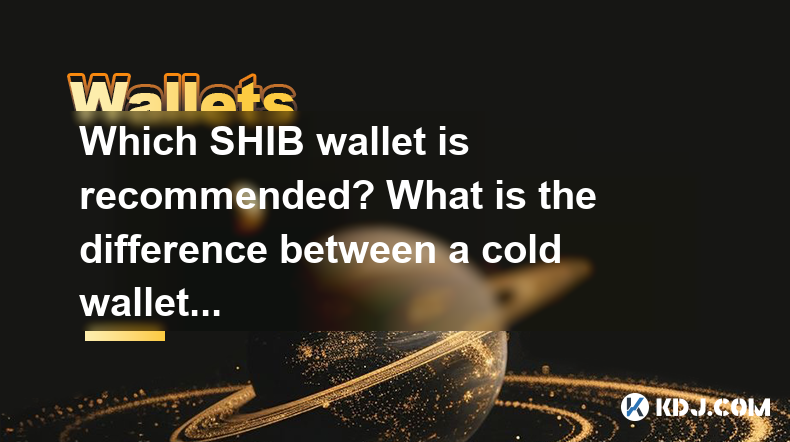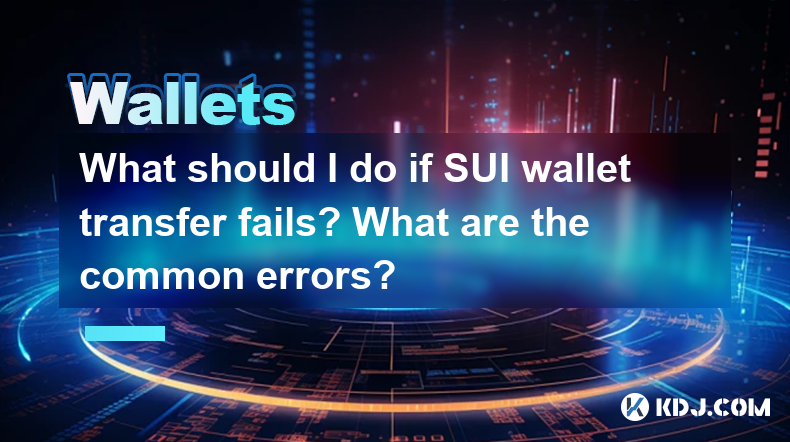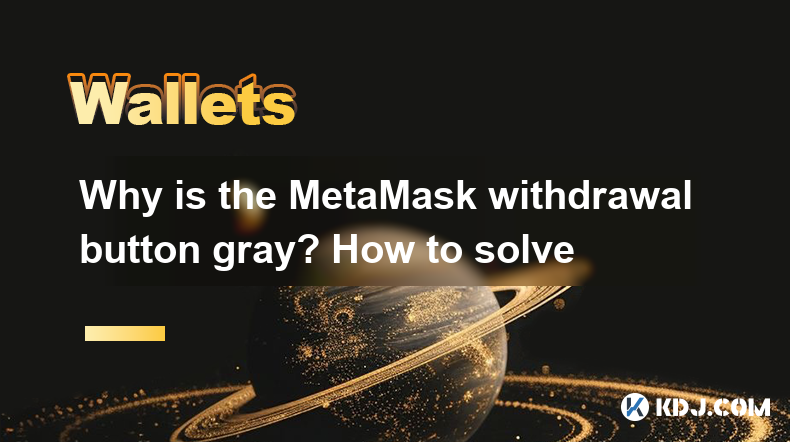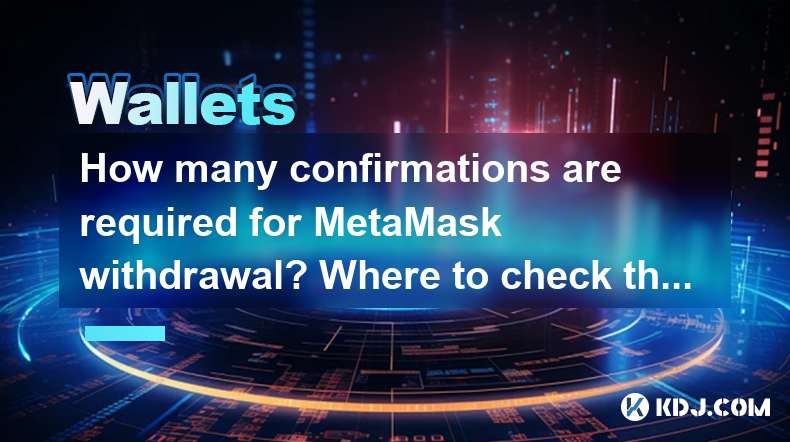-
 Bitcoin
Bitcoin $94,336.9792
0.32% -
 Ethereum
Ethereum $1,798.0609
0.47% -
 Tether USDt
Tether USDt $1.0001
-0.02% -
 XRP
XRP $2.1986
-1.36% -
 BNB
BNB $600.0957
0.15% -
 Solana
Solana $147.8437
1.46% -
 USDC
USDC $1.0003
0.01% -
 Dogecoin
Dogecoin $0.1728
-0.25% -
 Cardano
Cardano $0.6829
-1.31% -
 TRON
TRON $0.2469
1.45% -
 Sui
Sui $3.5304
1.55% -
 Chainlink
Chainlink $14.3351
-1.36% -
 Avalanche
Avalanche $20.9774
-1.88% -
 Stellar
Stellar $0.2719
-1.71% -
 UNUS SED LEO
UNUS SED LEO $9.0617
0.89% -
 Toncoin
Toncoin $3.1760
0.30% -
 Shiba Inu
Shiba Inu $0.0...01326
-0.32% -
 Hedera
Hedera $0.1824
-1.69% -
 Bitcoin Cash
Bitcoin Cash $367.0249
1.09% -
 Hyperliquid
Hyperliquid $19.9711
9.15% -
 Polkadot
Polkadot $4.0783
-0.84% -
 Litecoin
Litecoin $83.8109
-1.40% -
 Dai
Dai $1.0001
0.00% -
 Bitget Token
Bitget Token $4.3686
-0.04% -
 Monero
Monero $275.2097
0.76% -
 Ethena USDe
Ethena USDe $1.0004
0.09% -
 Pi
Pi $0.6188
8.17% -
 Pepe
Pepe $0.0...08904
1.42% -
 Aptos
Aptos $5.3646
-0.68% -
 Uniswap
Uniswap $5.2772
0.77%
Digital currency wallet payment address
Digital currency wallet payment addresses serve as unique identifiers for receiving and sending cryptocurrencies, providing both convenience and enhanced privacy for users.
Dec 20, 2024 at 11:39 am

Key Points:
- Understanding Digital Currency Wallet Payment Addresses
- Types of Digital Currency Wallets
- Generating a Payment Address
- Receiving Funds to a Payment Address
- Sending Funds from a Payment Address
- Security Considerations for Payment Addresses
- Frequently Asked Questions
Understanding Digital Currency Wallet Payment Addresses
A digital currency wallet payment address is a unique string of characters used to receive and send cryptocurrencies. It serves as a destination for incoming transactions and an origin for outgoing ones. Unlike traditional bank account numbers, these addresses are not linked to personal information, providing users with enhanced privacy and anonymity.
Types of Digital Currency Wallets
Digital currency wallets come in two primary types: custodial and non-custodial.
- Custodial Wallets: These wallets are managed by third parties, such as exchanges or other entities. They handle the private keys and provide users with access to their funds through an online interface or mobile app.
- Non-Custodial Wallets: These wallets give users complete control over their funds and private keys. They are typically software or hardware-based and allow users to interact directly with the blockchain network.
Generating a Payment Address
Creating a digital currency payment address is typically a straightforward process within a wallet.
- Custodial Wallets: Most custodial wallets will automatically generate a payment address upon account creation.
- Non-Custodial Wallets: Users can generate new payment addresses by clicking on the "Generate New Address" or similar options within the wallet software.
Receiving Funds to a Payment Address
To receive funds, simply share your payment address with the sender. They will use this address as the destination for their transaction, transferring cryptocurrency to your wallet. Once the transaction is complete, the funds will appear in your wallet balance.
Sending Funds from a Payment Address
To send funds from one of your payment addresses, follow these steps:
- Select the Payment Address: Choose the specific payment address you wish to send funds from within the wallet interface.
- Enter the Recipient's Address: Copy and paste or input the recipient's payment address into the designated field.
- Enter the Transaction Amount: Specify the amount of cryptocurrency you wish to transfer.
- Initiate the Transaction: Review the transaction details and click the "Send" or "Confirm" button to initiate the transfer.
Security Considerations for Payment Addresses
- Protect Your Private Key: Keep your private key secret, as it provides access to your funds. Never share it with anyone.
- Use Secure Wallets: Choose reputable and secure digital currency wallets that prioritize the protection of your funds.
- Verify Payment Addresses: Always double-check the payment address before completing a transaction to prevent sending funds to the wrong recipient.
- Disable Unused Addresses: Consider disabling or deleting payment addresses that you no longer use to reduce the risk of unauthorized access.
FAQs
Q: How can I find my digital currency wallet payment address?
- A: The payment address can be accessed through the wallet interface or by selecting the "Receive" or "Copy Address" options.
Q: Can I use the same payment address to receive and send funds?
- A: Yes, you can reuse the same payment address for both receiving and sending funds. However, it's generally recommended to generate new addresses for each transaction to enhance privacy.
Q: What happens if I send funds to the wrong payment address?
- A: Transactions sent to an incorrect payment address are generally irreversible. Make sure to carefully verify the address before completing any transfers.
Q: How do I know if a payment address is valid?
- A: Payment address formats vary depending on the cryptocurrency. Check the wallet documentation or use a crypto address validator to verify the legitimacy of a specific address.
Q: Can I recover funds sent to an incorrect payment address?
- A: In most cases, recovering funds sent to an incorrect address is not possible. However, you may be able to reach out to the recipient of the funds and request their cooperation in returning them.
Disclaimer:info@kdj.com
The information provided is not trading advice. kdj.com does not assume any responsibility for any investments made based on the information provided in this article. Cryptocurrencies are highly volatile and it is highly recommended that you invest with caution after thorough research!
If you believe that the content used on this website infringes your copyright, please contact us immediately (info@kdj.com) and we will delete it promptly.
- NOIDA (CoinChapter.com) — Despite Favorable Technicals, XRP Price Underperforms BTC and ETH
- 2025-04-30 23:40:12
- Elderly US individual loses $330 million in Bitcoin to social engineering hack, now the fifth-largest crypto heist
- 2025-04-30 23:40:12
- Charles Hoskinson Takes a Jab at Bitcoin's Internal Struggles Over Controversial Code Update
- 2025-04-30 23:35:13
- How Much XRP Could Make You a Millionaire in Just a Few Years?
- 2025-04-30 23:35:13
- The U.S. Securities and Exchange Commission (SEC) has postponed decisions on the approval of ETFs for XRP and Dogecoin.
- 2025-04-30 23:30:12
- Solana (SOL) Surges Past Ethereum and Binance Smart Chain in Net Transfer Volume
- 2025-04-30 23:30:12
Related knowledge

Which SHIB wallet is recommended? What is the difference between a cold wallet and a hot wallet?
Apr 29,2025 at 07:42pm
When it comes to storing your Shiba Inu (SHIB) tokens, choosing the right wallet is crucial for the security and management of your digital assets. In the cryptocurrency world, wallets are categorized into two main types: cold wallets and hot wallets. This article will explore the recommended SHIB wallets and delve into the differences between cold and ...

How to store AVAX safely after purchase? Which is better, cold wallet or hot wallet?
Apr 28,2025 at 09:28pm
When you purchase AVAX, the native cryptocurrency of the Avalanche network, ensuring its safe storage is crucial. The choice between a cold wallet and a hot wallet depends on your specific needs, such as security, convenience, and frequency of transactions. In this article, we will explore both options in detail, helping you make an informed decision on...

What to do if LINK wallet transfer fails? FAQ
Apr 29,2025 at 06:08pm
If you encounter a LINK wallet transfer failure, it can be a frustrating experience. However, there are several steps you can take to diagnose and resolve the issue. LINK, or Chainlink, is a decentralized oracle network that provides real-world data to smart contracts on the blockchain. Ensuring that your LINK transfers go smoothly is crucial for partic...

What should I do if SUI wallet transfer fails? What are the common errors?
Apr 29,2025 at 01:14am
If you are experiencing issues with SUI wallet transfers, it can be frustrating and confusing. This article will guide you through the common errors that may occur during a SUI wallet transfer and provide detailed steps on how to troubleshoot and resolve these issues. Understanding Common SUI Wallet Transfer ErrorsSUI wallet transfer failures can stem f...

Why is the MetaMask withdrawal button gray? How to solve
Apr 28,2025 at 10:07am
When users encounter a grayed-out withdrawal button on MetaMask, it can be a source of frustration and confusion. Understanding why this happens and how to solve it is crucial for smooth transactions. The grayed-out withdrawal button typically indicates that certain conditions are not met, preventing the user from proceeding with a withdrawal. This arti...

How many confirmations are required for MetaMask withdrawal? Where to check the progress
Apr 28,2025 at 05:49am
When using MetaMask to withdraw cryptocurrency, understanding the number of confirmations required and how to check the progress of your transactions is crucial for a smooth experience. Confirmations refer to the number of blocks added to the blockchain after the block containing your transaction, which helps to verify and secure the transaction. This a...

Which SHIB wallet is recommended? What is the difference between a cold wallet and a hot wallet?
Apr 29,2025 at 07:42pm
When it comes to storing your Shiba Inu (SHIB) tokens, choosing the right wallet is crucial for the security and management of your digital assets. In the cryptocurrency world, wallets are categorized into two main types: cold wallets and hot wallets. This article will explore the recommended SHIB wallets and delve into the differences between cold and ...

How to store AVAX safely after purchase? Which is better, cold wallet or hot wallet?
Apr 28,2025 at 09:28pm
When you purchase AVAX, the native cryptocurrency of the Avalanche network, ensuring its safe storage is crucial. The choice between a cold wallet and a hot wallet depends on your specific needs, such as security, convenience, and frequency of transactions. In this article, we will explore both options in detail, helping you make an informed decision on...

What to do if LINK wallet transfer fails? FAQ
Apr 29,2025 at 06:08pm
If you encounter a LINK wallet transfer failure, it can be a frustrating experience. However, there are several steps you can take to diagnose and resolve the issue. LINK, or Chainlink, is a decentralized oracle network that provides real-world data to smart contracts on the blockchain. Ensuring that your LINK transfers go smoothly is crucial for partic...

What should I do if SUI wallet transfer fails? What are the common errors?
Apr 29,2025 at 01:14am
If you are experiencing issues with SUI wallet transfers, it can be frustrating and confusing. This article will guide you through the common errors that may occur during a SUI wallet transfer and provide detailed steps on how to troubleshoot and resolve these issues. Understanding Common SUI Wallet Transfer ErrorsSUI wallet transfer failures can stem f...

Why is the MetaMask withdrawal button gray? How to solve
Apr 28,2025 at 10:07am
When users encounter a grayed-out withdrawal button on MetaMask, it can be a source of frustration and confusion. Understanding why this happens and how to solve it is crucial for smooth transactions. The grayed-out withdrawal button typically indicates that certain conditions are not met, preventing the user from proceeding with a withdrawal. This arti...

How many confirmations are required for MetaMask withdrawal? Where to check the progress
Apr 28,2025 at 05:49am
When using MetaMask to withdraw cryptocurrency, understanding the number of confirmations required and how to check the progress of your transactions is crucial for a smooth experience. Confirmations refer to the number of blocks added to the blockchain after the block containing your transaction, which helps to verify and secure the transaction. This a...
See all articles




















































































